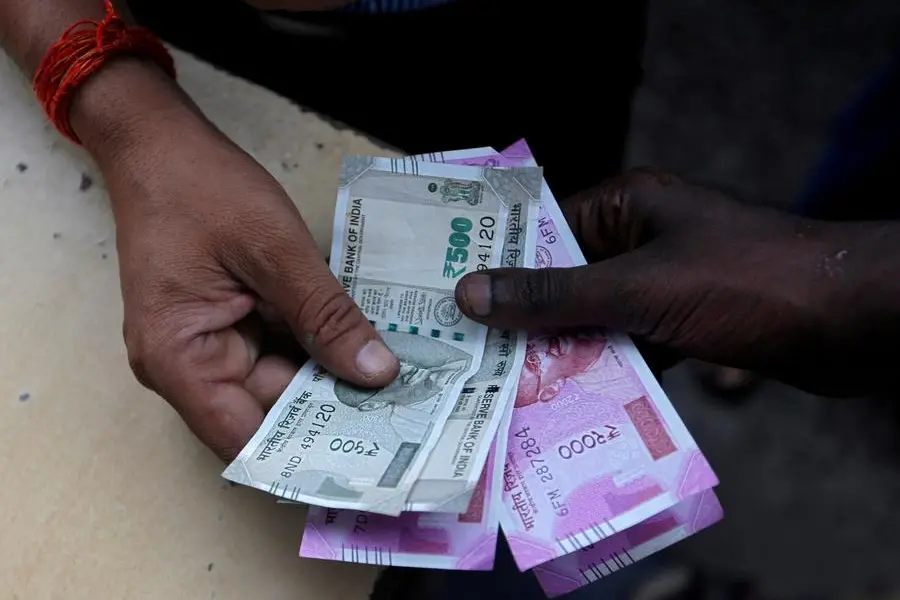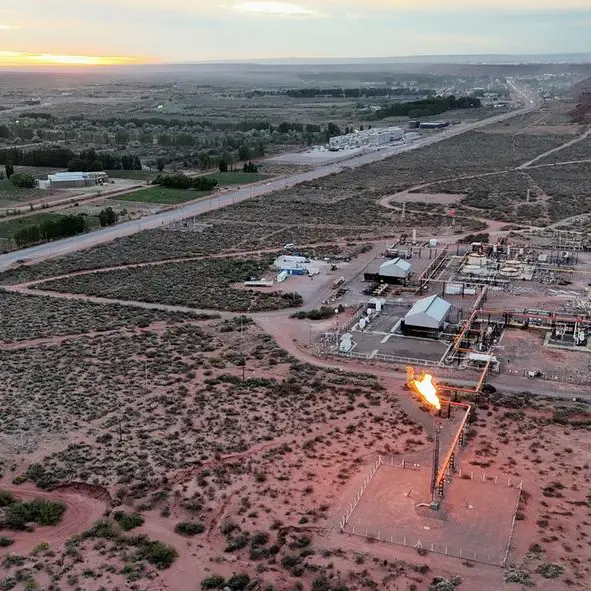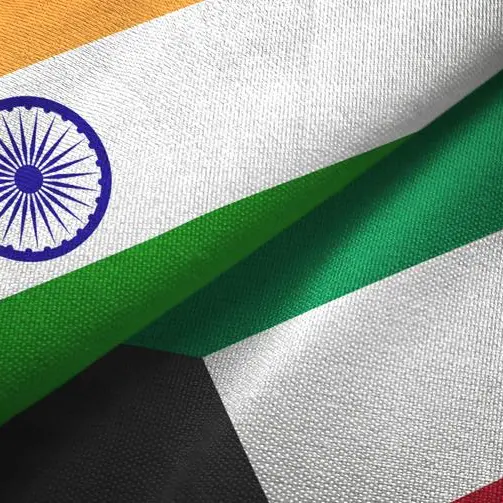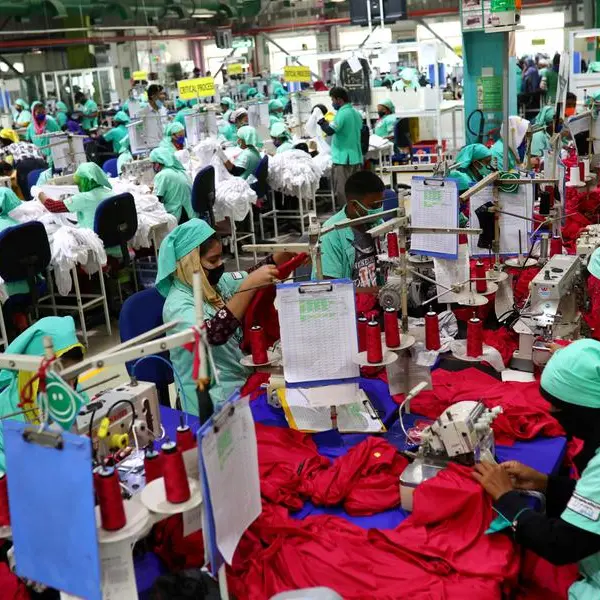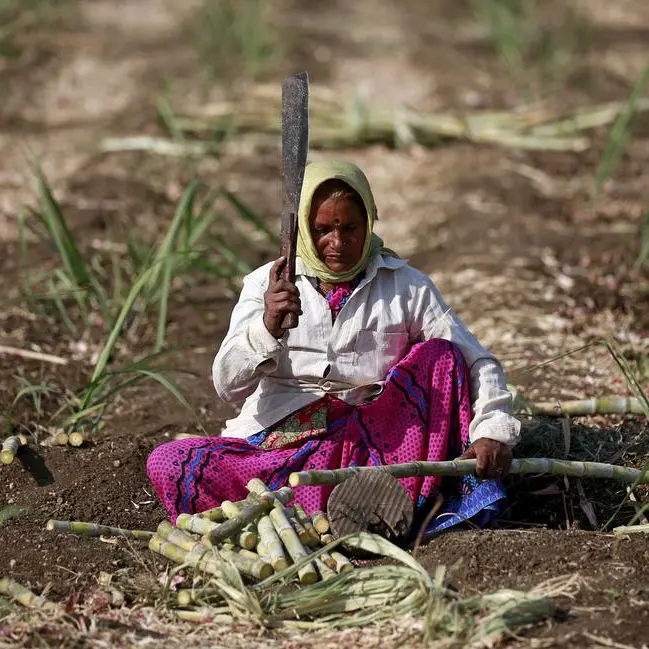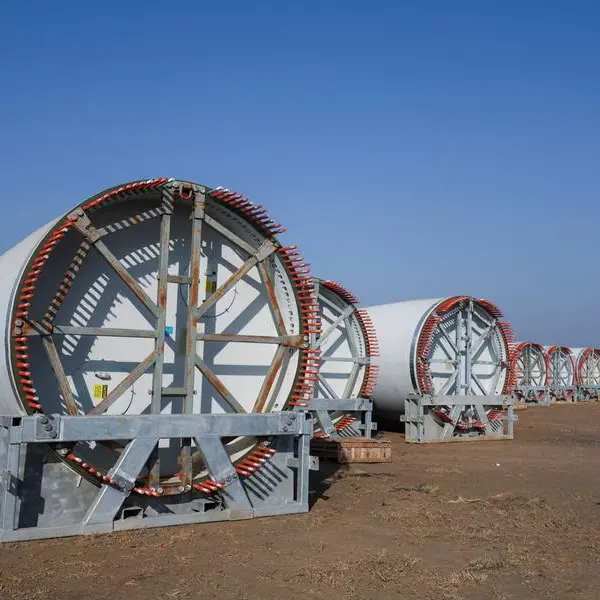PHOTO
India's government bond yield curve is set to bull steepen next year, as expected interest rate cuts by the U.S. Federal Reserve and the Reserve Bank of India play out, multiple analysts said on Thursday.
The yield curve has remained largely flat for most of 2023, inverting only briefly due to transient factors like tight liquidity conditions, but rate cuts and likely foreign fund inflows at the shorter end are seen steepening the curve.
"We expect the 1-year versus 5-year segment to steepen as the Reserve Bank of India changes its liquidity stance in coming months," said Sandeep Yadav, head of fixed income at DSP Mutual Fund.
"The five-year versus 10-year segment may also steepen as expected liquidity and rate cut decisions may impact the five-year segment more," he added.
The three-year yield is around 7.09%, while the five-year and seven-year yields are at 7.11% and 7.16%, respectively. The benchmark 10-year yield is at 7.20%, leading to mild steepening after remaining flat for the last few months.
Bull steepening of the yield curve means the shorter-end yield falls faster than the longer-end.
Shorter-end yields have eased after the Fed's dovish forecast prompted investors to price in almost 150 basis points of rate cuts in 2024, starting as early as March. The RBI is expected to start easing by mid-2024.
"As we move towards monetary policy easing in 2024, there should be some steepening of the curve," said VRC Reddy, treasury head at Karur Vysya Bank.
Foreign investors have been active debt buyers in recent months, purchasing mostly 3- to 7-year papers, and analysts expect this trend to persist next year.
Even as broader market sentiment stays bullish in January-March, heavy supply from states and state-run companies could prompt selling of longer-tenor debt, traders said.
"Since the curve was flat, there is an argument for steepening," said Abhishek Upadhyay, senior economist at ICICI Securities Primary Dealership.
"As we move towards easing, overnight rates will move lower before actual rate action, which will also favour the short-end." ($1 = 83.1975 Indian rupees)
(Reporting by Dharamraj Dhutia; Editing by Swati Bhat and Varun H K)
